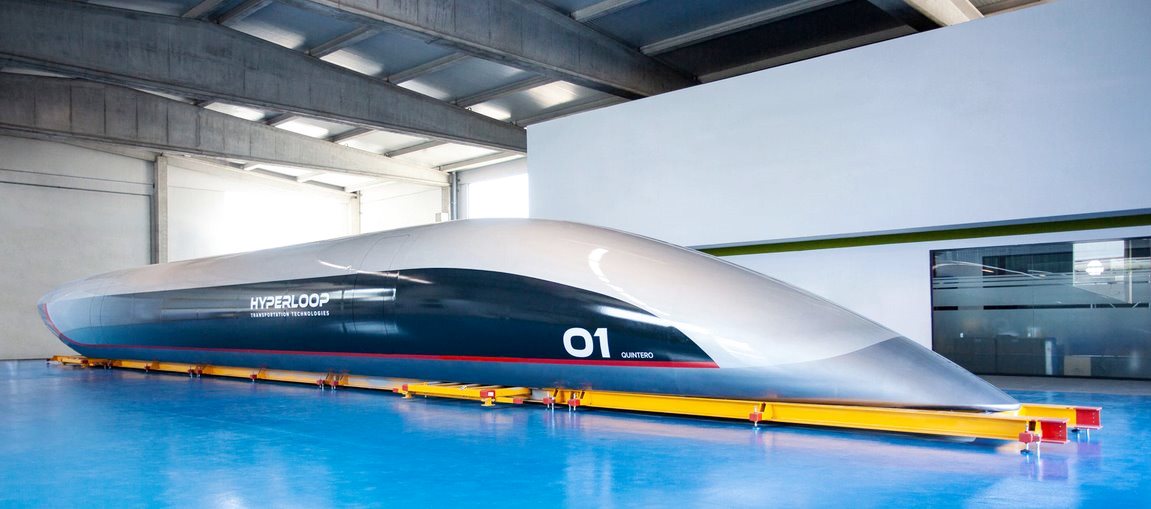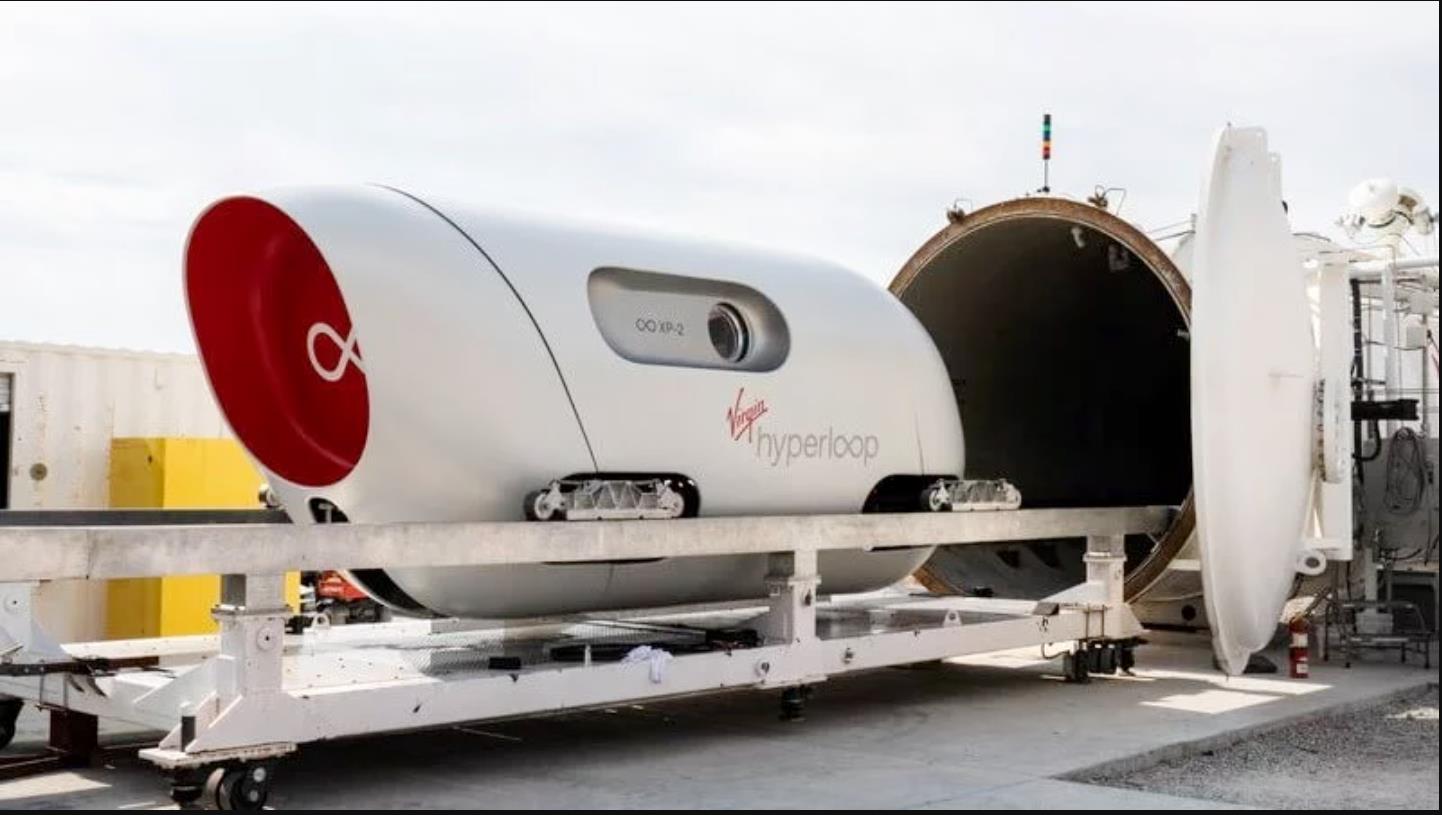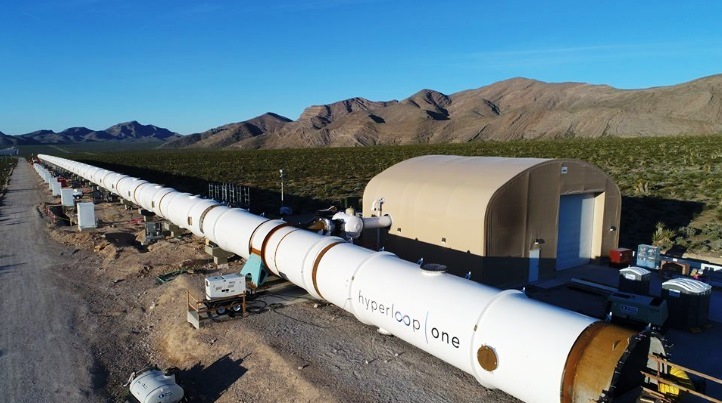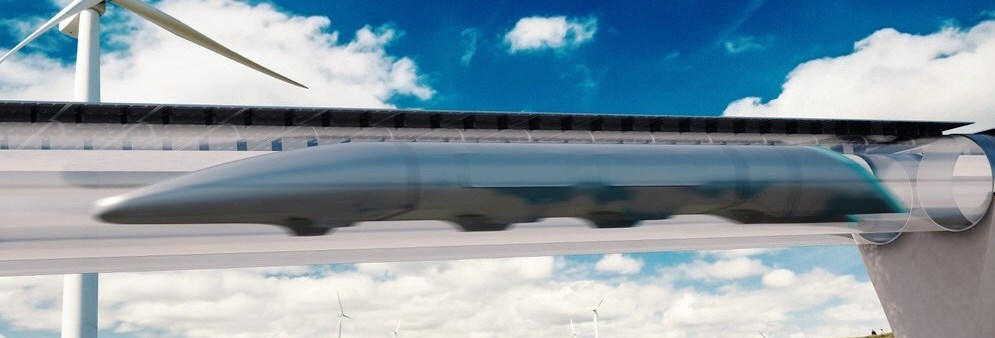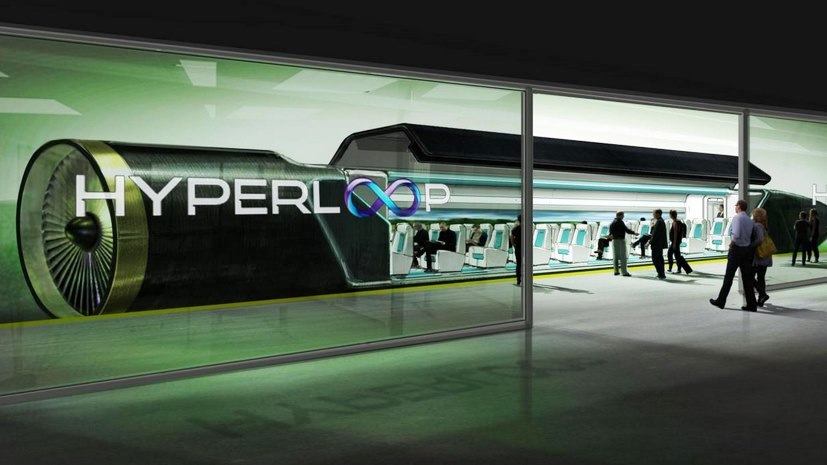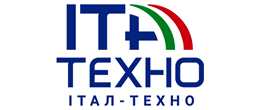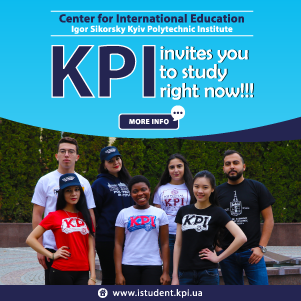HYPERLOOP VACUUM TRAIN
Another new direction of high – speed ground transport is the combination of vacuum transport with linear electric drive and magnetic cushion-the so-called Hyperloop system, which has been implemented since 2012 with the assistance of American investor Elon Musk.
Currently, the implementation of Hyperloop is carried out in the United States and is at the stage of development work and testing of experimental samples.
The method of cargo transportation using pneumatic pipelines has been known for a long time. But in the process of its implementation for high-speed cargo and passenger transportation, the idea arose to overcome the aerodynamic drag and friction of the capsule against the pipeline wall.
Concept and technical implementation
According to the initial design, the capsule, which moves in the tube, will be on a hovercraft and will be able to rise to slide above the surface of the track.
In order to overcome air resistance, which is a serious obstacle for a capsule flying at the speed of sound, the creators of Hyperloop have provided a built-in ducted fan, an air compressor and an air duct system in the front of the vehicle. The purpose of these devices is to move the air flow from the front of the capsule back in the direction of travel. In addition, a vacuum will be maintained in the pipe to reduce air resistance. As a result, the capsule cars would move in a sealed pipe due to the pressure difference. In front of the capsule with passengers, a vacuum would be created close to a vacuum, due to which it would, in fact, be sucked into the pipe.
Since the capsule will not move in a complete vacuum, oncoming air flows will still affect it. Therefore, in addition to the streamlined shape, it is planned to place a fan on the nose of the capsule, which would distribute air flows so that they support the capsule – create an air cushion, due to which it would fly without touching the surface.
As a result, Hyperloop capsules should move along the pipe at an estimated speed of 500 to 1200 km/h (which corresponds to the speed of sound), depending on the landscape and the proximity of the turn.
However, later, during the development of the project, the idea of using magnetic levitation arose, when the gap between the capsule body and the track is maintained using a magnetic field. The first prototypes using magnetic levitation have already been tested. For example, in the development of the University of Cincinnati (USA), the electrodynamic suspension of the capsule is provided by eight magnets rotating at high speed.
Another driving force of the capsule should be a linear induction electric motor from which it will receive an acceleration pulse or, conversely, slow down the speed. The stator of a linear motor is placed permanently in the pipe, and the rotor, in the form of induction coils, is fixed to the bottom of the capsule. The magnetic field generated between them will accelerate the capsule. Due to it, the capsule starts at the beginning of the movement and receives repeated impulses in the direction of movement. At the same time, it is not necessary to lay the stator along the entire path – it is enough to install 15-meter sections of the motor approximately every 100 m. a linear electric motor will also be used to stop the Hyperloop.
To power the engines with electricity, solar panels are supposed to be placed on top of the pipe. In addition, when the capsule is decelerated, kinetic energy will be converted into electrical energy by linear motors.
Summing up the above, it can be stated that the Hyperloop is an already known magnetic cushion train with a linear electric drive, placed in a vacuum overpass.



